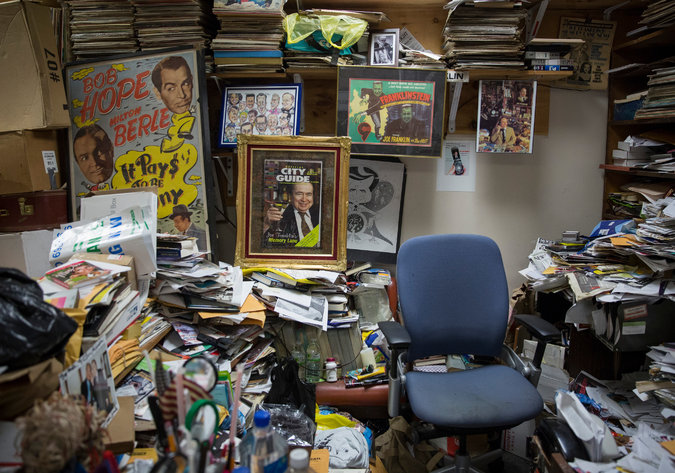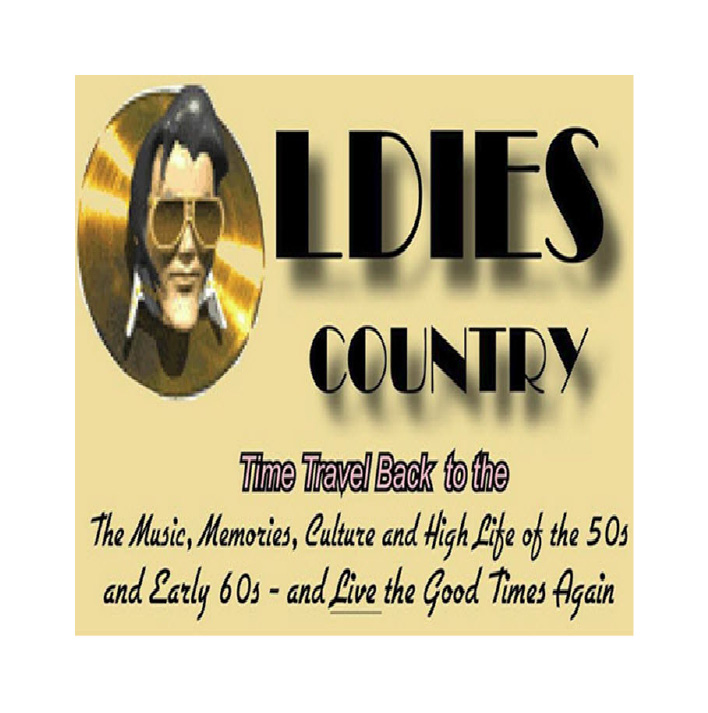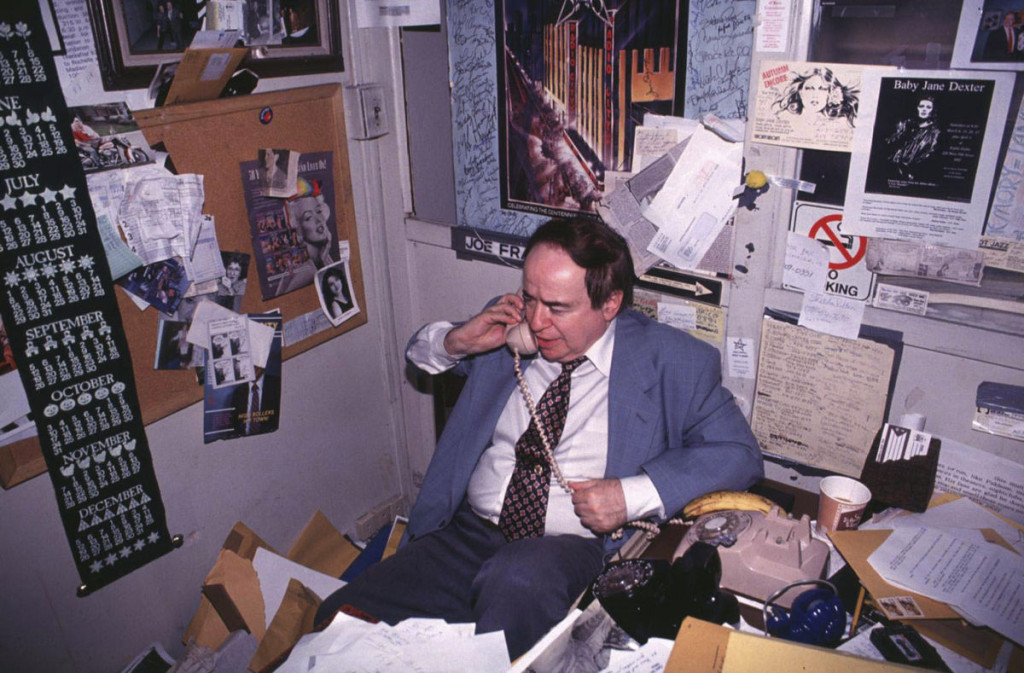 “Joe Franklin’s Memory Lane,” read the sign nearly buried in an avalanche of ephemera in Room 305, off a nondescript hallway in a Times Square building.
“Joe Franklin’s Memory Lane,” read the sign nearly buried in an avalanche of ephemera in Room 305, off a nondescript hallway in a Times Square building.
The office door bore a small “Joe Franklin Show” sign, and to venture inside on Tuesday was to wander — or squeeze, given the clutter — through seven decades of show business in the life of Joe Franklin, who died on Saturday at age 88 from prostate cancer.
The “Memory Lane” sign was from Mr. Franklin’s television show, but it might as well stand for the entire office, which was nearly as much a New York institution as Mr. Franklin or “The Joe Franklin Show,” one of the longest-running programs in television history.
The place, at Eighth Avenue and 43rd Street, was a stuffed-to-the-gills repository, a hoard of ephemera Mr. Franklin collected during his time in show business. Mr. Franklin, who in recent years retained a late-night radio show on the Bloomberg Radio Network, showed up at his office six days a week until his hospitalization this month.

Much of the memorabilia was given to Mr. Franklin by the thousands of guests he had interviewed over the years, said Steve Garrin, his producer and longtime friend. Many of the items were from “the never-weres, the wannabes, the celebrities” who visited Mr. Franklin, Mr. Garrin said, adding, “Everybody that came into Joe’s office left a piece of themselves every time they came in.”
“You never know who would walk in,” Mr. Garrin said. “You might have a guy walk in whistling through his nose, then again, Billy Crystal might walk in.”
Mr. Garrin and Mr. Franklin’s son, Bradley, 57, on Tuesday squeezed through a few paths burrowed in the mounds of memorabilia that reflected a who’s who of entertainment of the 20th century.
Mr. Franklin long kept an office on West 42nd Street, but then moved in the 1990s into a five-room suite in this building, and packed it solid. He thinned that collection and moved into Room 305 in 2000.
“He had something of everything under the sun in here,” a longtime assistant to Mr. Franklin, Cleveland Thomas Jr., said.
Mr. Thomas looked over the mounds formed by stacks of old reels of silent films, publicity photos and press copies of books. There were playbills from the Booth Theater from the 1920s and a VHS tape of the comedian Sarah Silverman.
“Nobody on earth has this type of collection,” Mr. Thomas said, adding that somewhere in there was Bing Crosby’s hat, along with a lipstick-smeared drinking glass Marilyn Monroe sipped from on the show. Also somewhere was the tie clip that Ronald Reagan gave Mr. Franklin. There was also a chair with the RCA Victor logo on it. “That was Perry Como’s chair,” which Mr. Franklin purchased, Mr. Garrin said.
The walls were lined floor to ceiling with thousands of long-playing records, some of them dating back to when Mr. Franklin worked choosing records for the radio personality Martin Block. Bradley Franklin said choice items would be offered to museum collectors.
In one corner was an office chair next to a mound of papers that suggested a desk underneath. In a small clearing were two old-fashioned phones that kept ringing, mostly acquaintances of Mr. Franklin who were told a memorial was being planned for early spring.
Mr. Franklin did not use a computer or a cellphone, his son said, picking up one of the many bundles of business cards bound with rubber bands.
“This is how he found people,” he said. “This was his phone book.”
Joe Franklin refused to have items organized or discarded, Mr. Thomas said.
“He knew what he had — he just didn’t know exactly where,” Mr. Thomas said. “He could look at anything in here and tell you who gave it to him. It all meant something to him.”
“He used to say, ‘This stuff is my life,’ ” Mr. Thomas said. “If you tried to throw it out, he’d take it from you, because it meant something to him.”
There were photos of Mr. Franklin with the likes of Eddie Cantor, Jimmy Durante, Buster Keaton and Tiny Tim.
Photos from his show showed him schmoozing with legends while plugging advertisers. Speaking with Connie Stevens, he pitched Dip-It cleanser. With Salvador Dalí, he promoted Nabisco, and with Buster Keaton, it was Canada Dry.
“He had to pay the bills,” Mr. Garrin said.
Mr. Thomas walked past Mr. Franklin’s trademark red blazer draped over a wardrobe rack. He lifted the blazer and a moth flew out.
Then the phone rang again: another well-wisher wanting to talk about Mr. Franklin.
“Yes, he was one of a kind,” Mr. Thomas agreed. “You’re right. All right, O.K. Thank you.”








